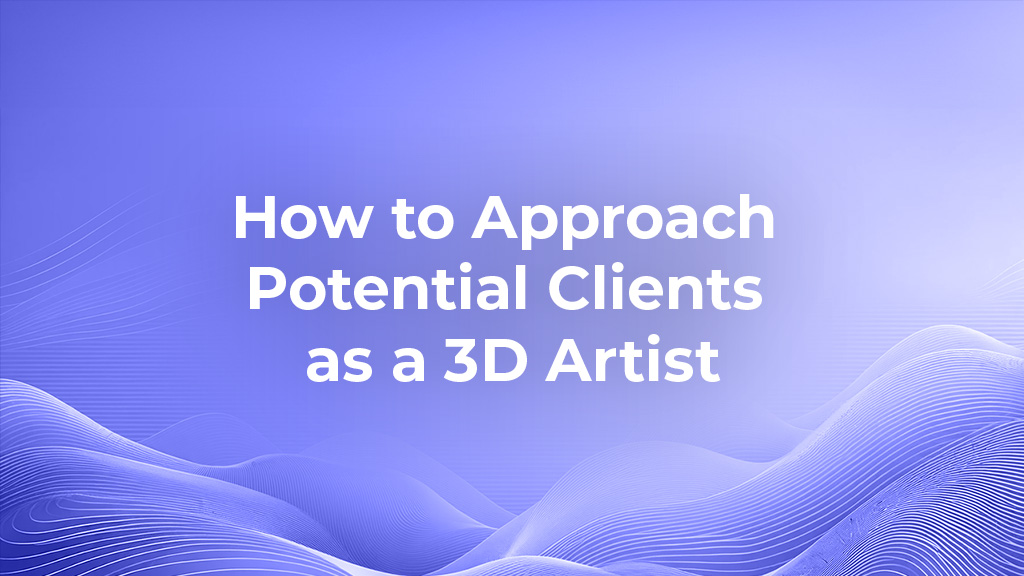Approaching potential clients is an art in itself, especially in the competitive world of 3D artistry. Whether you’re a freelancer, a studio owner, or an artist looking to expand your client base, the way you initiate contact can make a significant difference. This blog offers a step-by-step guide on how to effectively approach potential clients, paving the way for successful collaborations.
1. Research Your Client
Before reaching out, invest time in understanding the potential client’s business, needs, and industry trends.
Research Tips:
- Study their Website and Social Media: Gain insights into their brand, recent projects, and company culture.
- Understand their Needs: Identify areas where your 3D art skills can add value.
- Know the Industry: Be aware of trends and developments in the client’s industry.
2. Craft a Tailored Pitch
Your initial communication should be personalized, professional, and clearly demonstrate how your services can benefit the client.
Pitching Tips:
- Personalize Your Message: Address them by name and mention specific aspects of their business.
- Highlight Relevant Work: Showcase previous projects similar to what they might need.
- Be Concise and Clear: Get to the point quickly without sacrificing politeness or professionalism.
3. Choose the Right Communication Channel
The medium through which you reach out can be as important as the message itself.
Communication Channels:
- Email: Ideal for a formal, detailed approach.
- LinkedIn: Great for connecting in a professional context.
- Phone Call: Use when a more direct or immediate response is needed.
4. Showcase Your Unique Value Proposition
Make it clear why you stand out from other 3D artists. This could be your unique style, expertise in a specific niche, or exceptional client service.
Differentiation Strategies:
- Special Skills or Techniques: Share any unique skills or techniques you specialize in.
- Portfolio Highlights: Direct them to specific pieces in your portfolio that showcase your best work.
- Client Testimonials: Include or reference testimonials from past clients.
5. Follow-Up Respectfully
If you don’t hear back immediately, a polite follow-up can show your keen interest and professionalism.
Follow-Up Tips:
- Wait for an Appropriate Duration: Give them enough time to respond before following up.
- Be Polite and Brief: Reiterate your interest and willingness to discuss how you can help.
- Don’t Overdo It: If they don’t respond after a couple of follow-ups, it’s best to move on.
6. Prepare for the Meeting
Once a potential client shows interest, prepare thoroughly for the meeting or call.
Meeting Preparation:
- Understand Their Challenges: Be ready to discuss specific challenges they face and how you can solve them.
- Have Your Portfolio Ready: Be able to showcase your work smoothly and professionally.
- List Questions: Have a list of questions to better understand their needs and project requirements.
7. Be Ready to Negotiate
Be open to negotiation, whether it’s about pricing, timelines, or the scope of work. Know your limits, but also be flexible where possible.
Negotiation Tips:
- Know Your Worth: Have clear pricing based on your skills and the market rate.
- Understand Their Budget: Be willing to discuss and adjust according to the client’s budget constraints.
- Set Clear Terms: Ensure both parties are clear about the deliverables, deadlines, and payment terms.
Conclusion
Approaching potential clients as a 3D artist requires a mix of good research, a strong pitch, effective communication, and excellent negotiation skills. By following these steps, you can increase your chances of turning a cold contact into a fruitful professional relationship.
